How To Illuminate Your Home The Right Way
Lighting plays an essential role in interior design. A good lighting plan will serve two purposes. First, the lighting should be functional and useful. Second, the lighting should set the proper mood and tone in a room.
There are 3 types of home lighting - ambient, task, and accent - and each one meets a particular need. One type of lighting cannot do it all, so it's essential to develop a plan that uses layered lighting in each space that will strike the correct balance between beauty and function. Choose your ambient lighting first, followed by task lighting where you need additional visibility, and then pick your accent lighting to tie it all together.
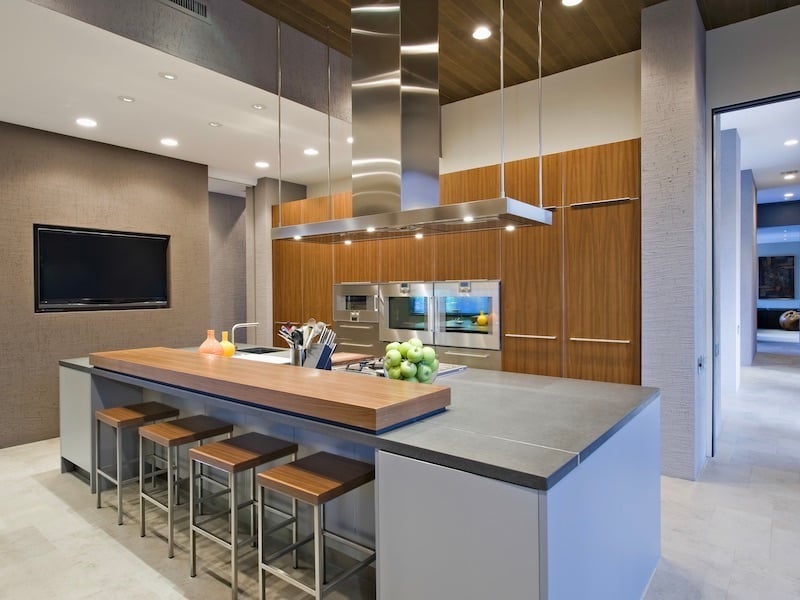
Ambient Lighting
Also known as general lighting, ambient lighting supplements or replaces natural light. It provides overall illumination and is the primary source of lighting in a space. Ambient lighting is intended to create a uniform level of brightness without glare. Here are the types of fixtures that will provide ambient light throughout your home.
1. Recessed Fixtures
Recessed lighting is installed directly into a hollow opening in a ceiling, creating a clean, sleek look. The light is concentrated downward from the fixture. Recessed fixtures are comprised of three main components which are the housing, trim, and bulb. The housing is the bulk of the fixture which is hidden within the ceiling and contains the electrical connections. The trim is the decorative, visible portion of the fixture and may include baffles, reflectors, or shades. The final component is the bulb, the part of the fixture that produces light. Adding dimmer switches to your recessed lighting will allow you to easily control the brightness of the fixtures in a room.
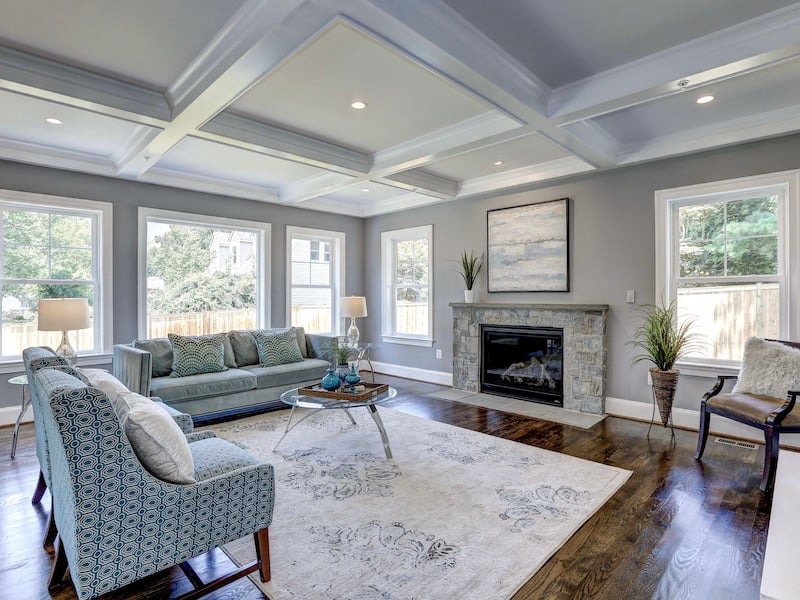
2. Chandeliers
A chandelier is a branched, ornamental light fixture designed to be suspended from the ceiling. This type of lighting fixture holds multiple bulbs, sometimes in several tiers. There are many styles of chandeliers ranging from ultra-contemporary to very traditional. Chandeliers are meant to make a statement and can be used in living rooms, dining rooms, foyers, bedrooms, and kitchens.
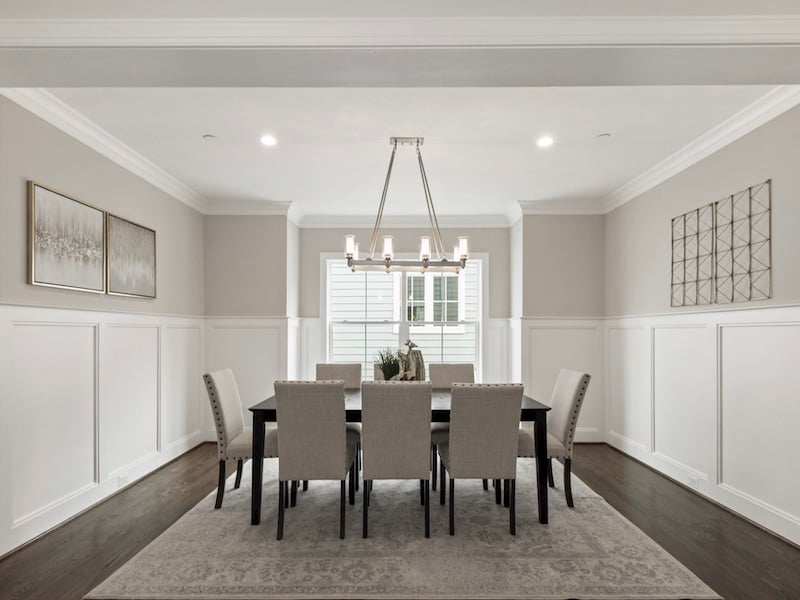
3. Ceiling-Mounted Fixtures
There are two types of ceiling-mounted fixtures that produce ambient light: flush-mount and semi-flush mount. For a non-obtrusive look, choose a flush-mount fixture that is installed directly on the ceiling.
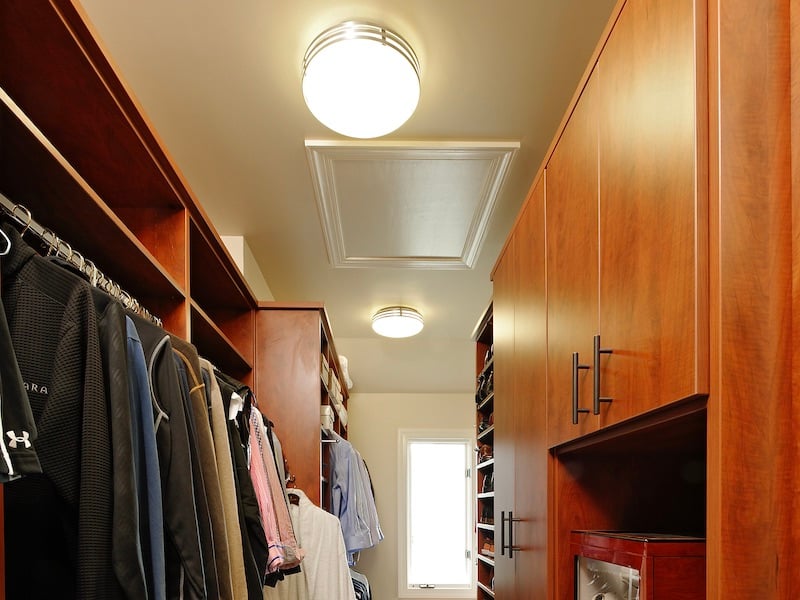
A semi-flush mount light has a center stem that lowers the fixture approximately 4 to 8 inches below the ceiling. Semi-flush mount fixtures are usually more decorative than flush-mount fixtures.
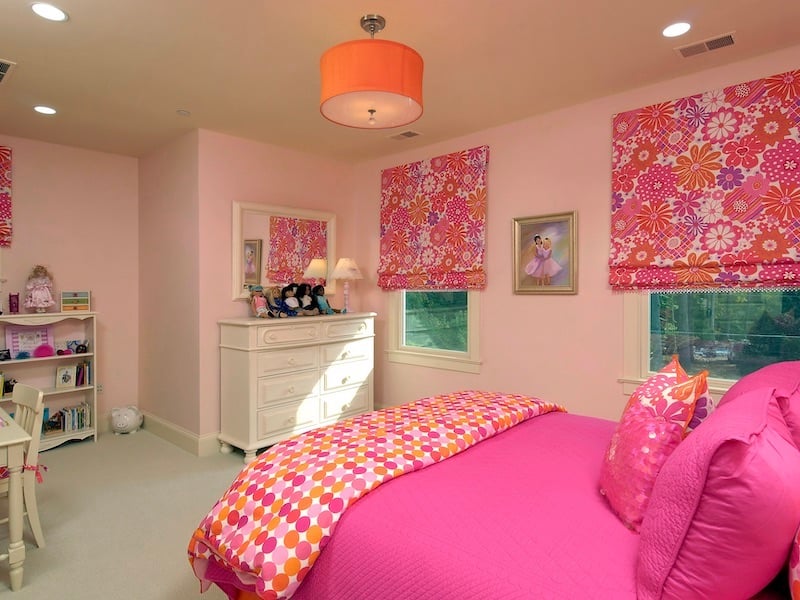
4. Wall-Mounted Fixtures
Wall-mounted fixtures serve many purposes and are available in different styles and finishes to suit any decor. Sconces are the most common type of wall-mounted fixture. They can cast light upward or downward to illuminate any size or type of space. Swing-arm sconces are designed to attach to a wall but are adjustable and can pivot outward, allowing the light to be directed where needed. Wallchieres blend the decorative elements of sconces with the lighting benefits of a floor lamp. A wallchieres often has a shade over the bulb that diffuses and softens the light. Other wall-mounted fixtures have a long arm with several bulbs that direct light either downward or upward. This type of fixture can be mounted on a wall or directly onto a mirror in a bathroom. For a modern look, recessed lighting fixtures can be installed into an opening in a wall and they come with decorative bulb covers.
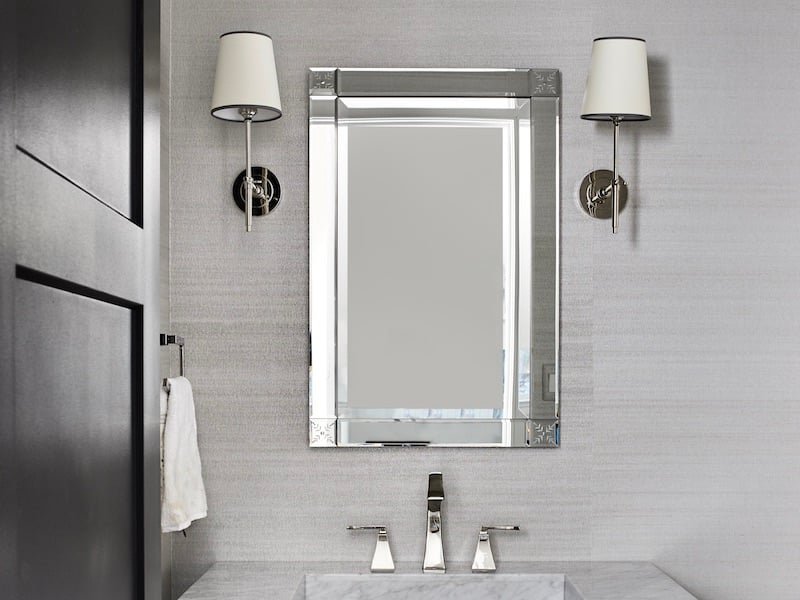
5. Floor and Table Lamps
Floor and table lamps are extremely versatile sources of light. They are portable and are made in different sizes and styles. Most lamps direct light downward, with the exception of a torchiere which is a floor lamp that directs light upward. When plugged in to the proper outlet, they can be easily turned on with the flip of a wall switch, filling a room with ambient light.
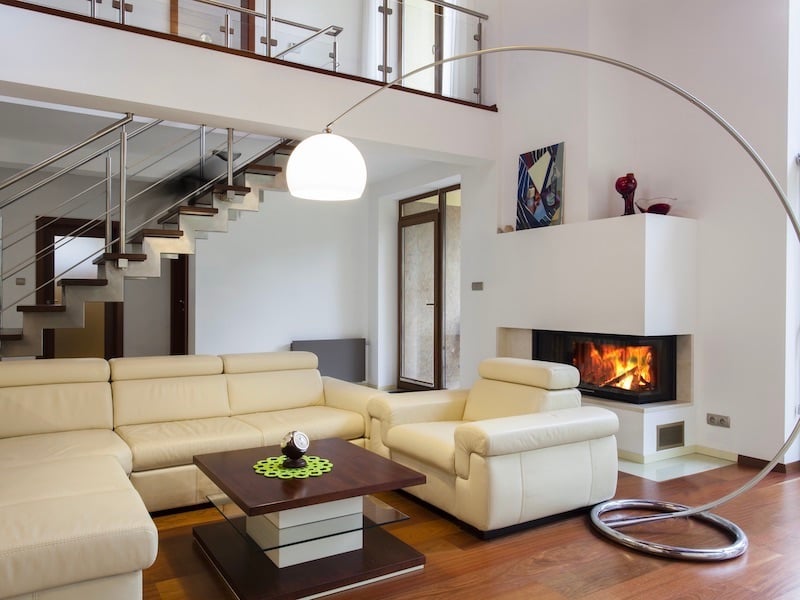
Task Lighting
Task lighting is intended to illuminate a specific area in a room. For example, task lighting is needed in a kitchen over the countertop where food is prepared or over the sink where dishes are cleaned. A reading nook or a desk surface are also places where task lighting is required. This type of lighting is functional, but can also be beautiful.
1. Pendant Fixtures
A pendant light is a fixture that hangs from the ceiling and is suspended by a cord, chain, or metal rod. Unlike a chandelier, a pendant light features only one bulb that is usually covered by a shade to reduce glare. Pendant lights are made from different materials like glass, metal, plastic, or even paper and they come in many styles and shapes. This type of fixture is often found in kitchens but can also be used in other rooms in a home.
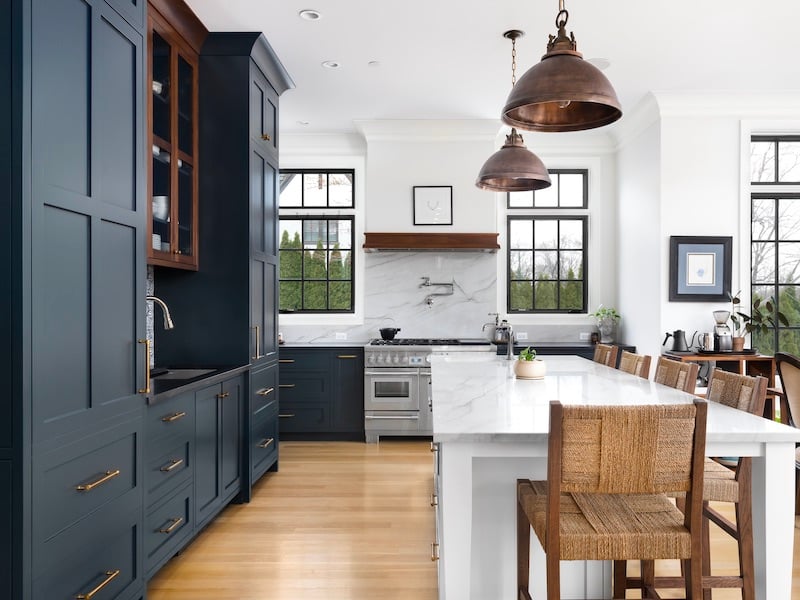
2. Directional Or Task-Specific Recessed Fixtures
Changing the trim on a recessed fixture can allow you to control the direction of the light. Gimbal trim, otherwise known as eyeball trim, pivots and turns so you can point the light where it is most helpful. Or you can choose pinhole trim that provides a tight, concentrated beam of light to illuminate a specific area below. This type of trim is perfect above a spot where you want to read such as in bed or in a chair.
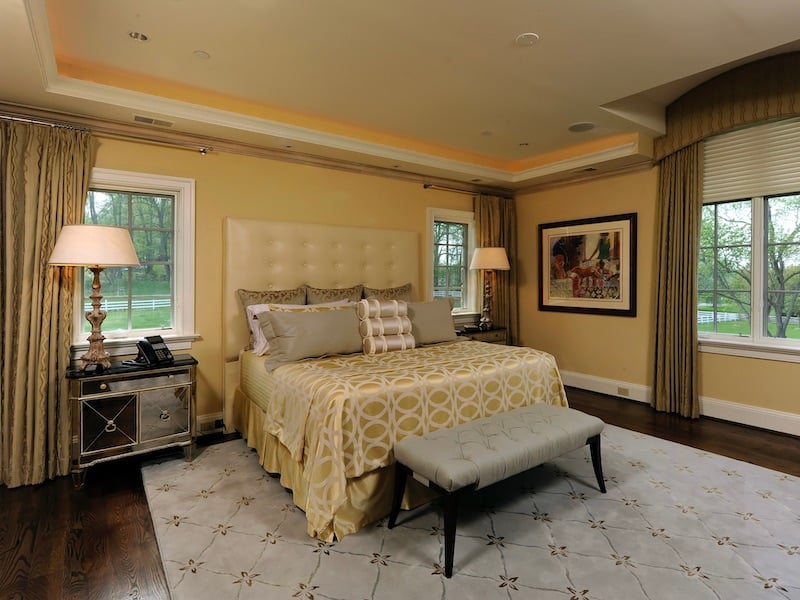
3. Under-Cabinet Fixtures
Under-cabinet lights are designed to illuminate an area directly below a section of cabinets. This type of lighting is useful in a kitchen for tasks like food preparation and cleaning. LED linear fixtures or rope lights are the most popular types of under-cabinet lighting because they are available in a variety of sizes and can pivot to focus on a countertop and also highlight certain features like a backsplash. Another option is the puck light which is very versatile and can be installed as a surface mount fixture or recessed into the bottom of the cabinetry, making them flush and out-of-sight. A high-end alternative is an integrated lighting system that is built-in to the underside of the cabinets. This is the most seamless look, but requires that the lights be integrated while custom cabinets are being constructed.

4. Desk Or Portable Reading Lamps
If you have ever sat at your desk and found yourself straining to see what you are reading, you know how necessary task lighting is. The right lamp can reduce eye strain and allow you to work more comfortably. Lamps are the perfect addition to a desk, reading area, or sewing table. Choose a lamp that will not create an unpleasant glare or cast shadows.
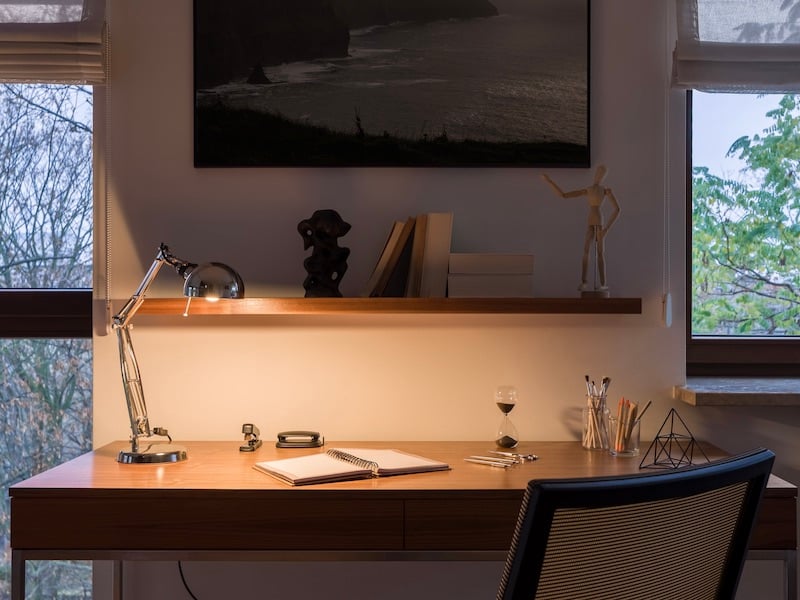
Accent Lighting
Accent lighting is used to create visual interest and drama by drawing the eye to a particular object. For instance, accent lighting can highlight a beautiful painting, sculpture, or special architectural detail in a room.
1. Architectural Lighting
Cove, soffit, and valance are the three most common types of architectural lighting. Cove lighting is installed into recesses or ledges and the light is directed upwards. It is often found in tray ceilings or in indentations that are high up on a wall. Soffit lighting is located in a soffit or cornice near the ceiling and illuminates downward, washing the wall with light. Valance lighting is located in a wood, metal, or glass horizontal shield that is mounted above a window or high up on the wall. The light from this type of fixture is cast both upwards and downwards. Architectural lighting is meant to be indirect light that provides a soft, warm glow that gently illuminates a space.
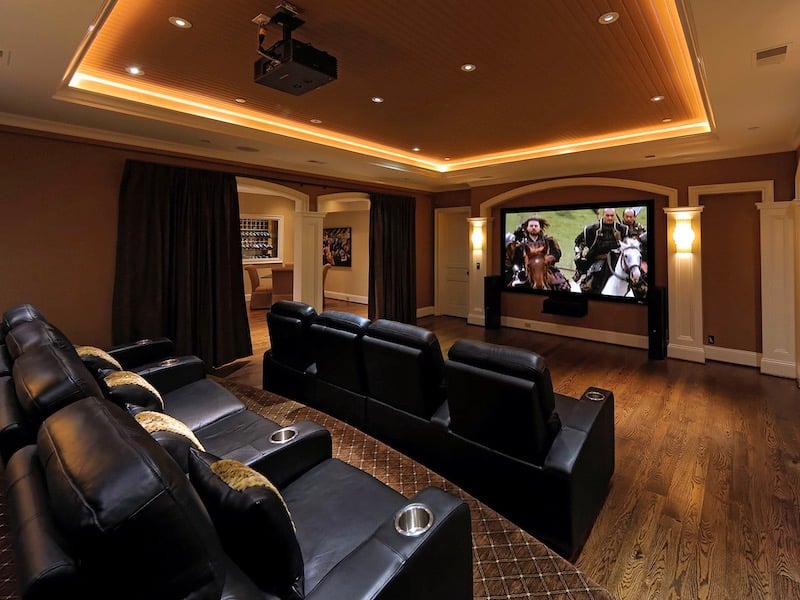
2. Linear Stair Lights and Illuminated Handrails
There are several ways to softly illuminate stair treads with accent lighting. A thin strip of LED lights can be recessed into the wall that runs alongside a staircase, or lighting can be installed inside each tread for a truly custom look. With floating staircases, LED strips can be recessed into the underside of each step to cast light downward. Accent lighting can also be incorporated into wooden, glass, or cable handrails to elevate the look of your home.

3. Under-Cabinet and Toe-Kick Fixtures
Under-cabinet fixtures are typically installed for task lighting, but they can serve double-duty as accent lighting, too. If you don't want your kitchen to be fully lit at night, simply turn off the overhead lights and turn on the under-cabinet lights to minimize brightness. For a distinctive look, customize your kitchen with toe-kick lights under the base cabinets.
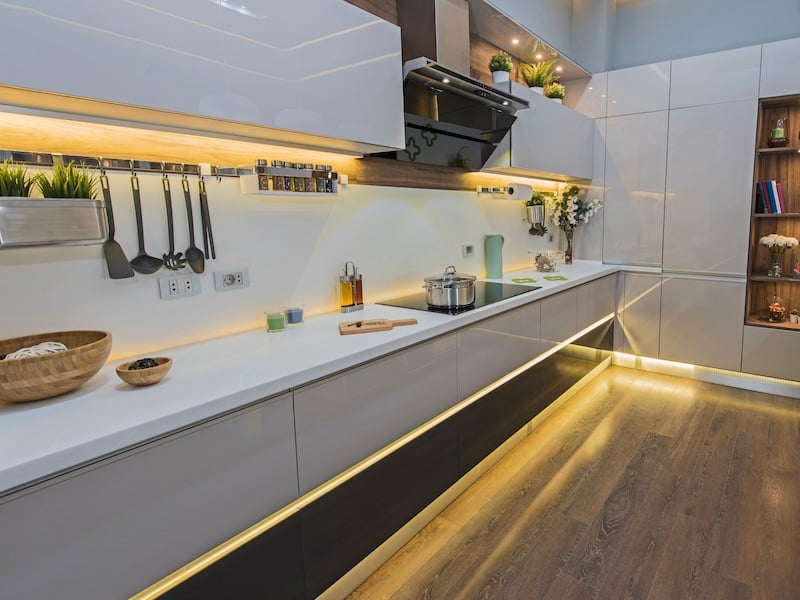
4. Track Lighting Fixtures
Track lighting refers to a fixture that has individual lights along a bar or rail. The track provides electricity to the lights. Those lights slide along the track and can be adjusted, allowing you to direct the light exactly where you need it so you can highlight an architectural feature in a room or draw attention to a special piece of art. Track lighting is available in many styles, finishes, and colors to work with any type of decor and can be mounted to a wall or a ceiling.
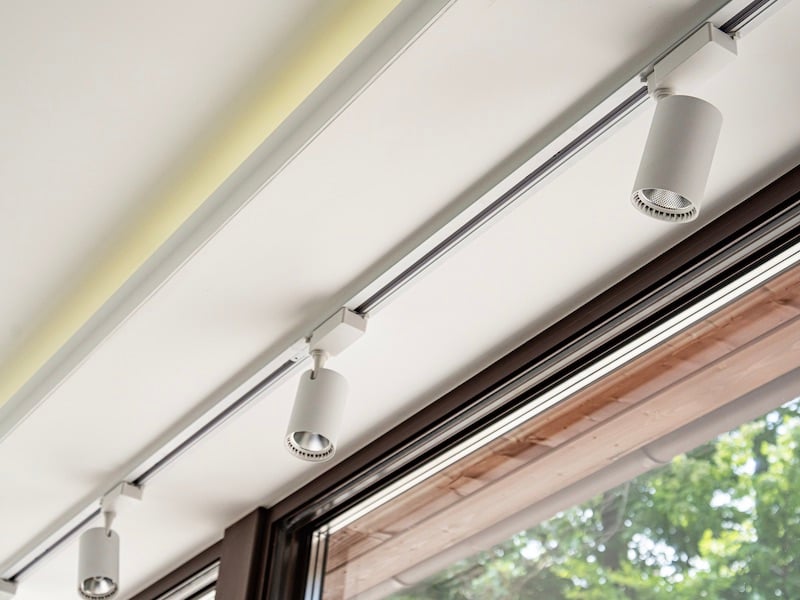
5. Wall-Mounted Accent Fixtures
Certain wall-mounted fixtures are not meant to be a primary source of illumination. Picture lights and wall-washer sconces are designed to direct a limited amount of light toward a work of art, a photograph, or an accent wall without glare. Picture lights are used to gently illuminate a small area, and the angle and temperature of the light can be customized to preserve the object you intend to highlight. Wall-washer sconces splash light across an entire wall, creating the illusion of a larger space.
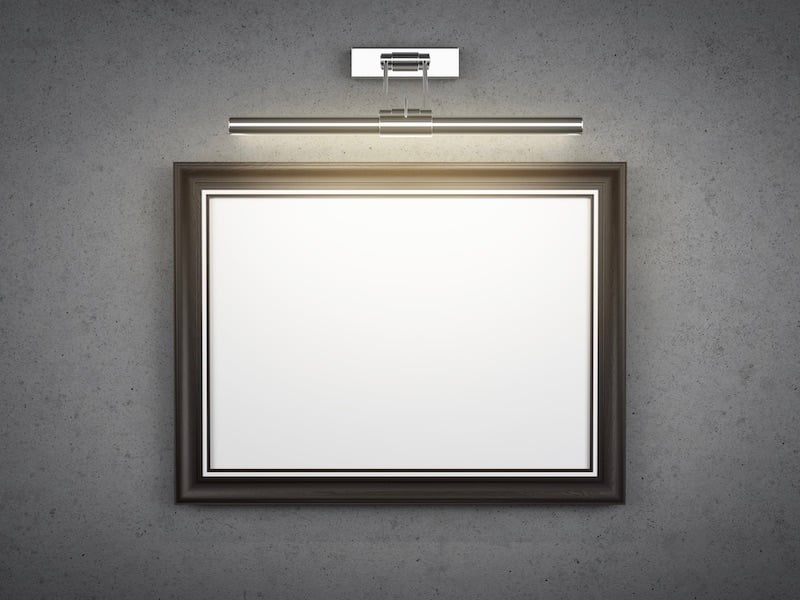
At Meridian Homes, we specialize in luxury remodeling and custom home building in the Washington, DC area. Our mission is to create exceptional residences that exceed expectations. Our highly personalized design process and careful management of every project have earned us a reputation over many years for outstanding client service and solid, beautiful craftsmanship. Contact us today to begin your custom home or remodeling project.




